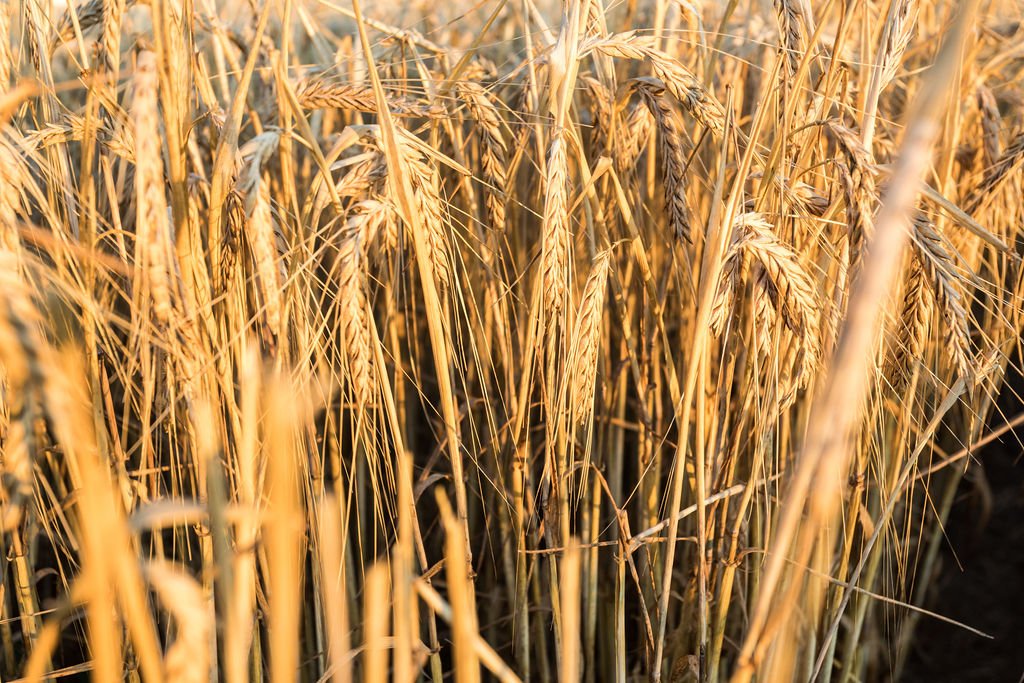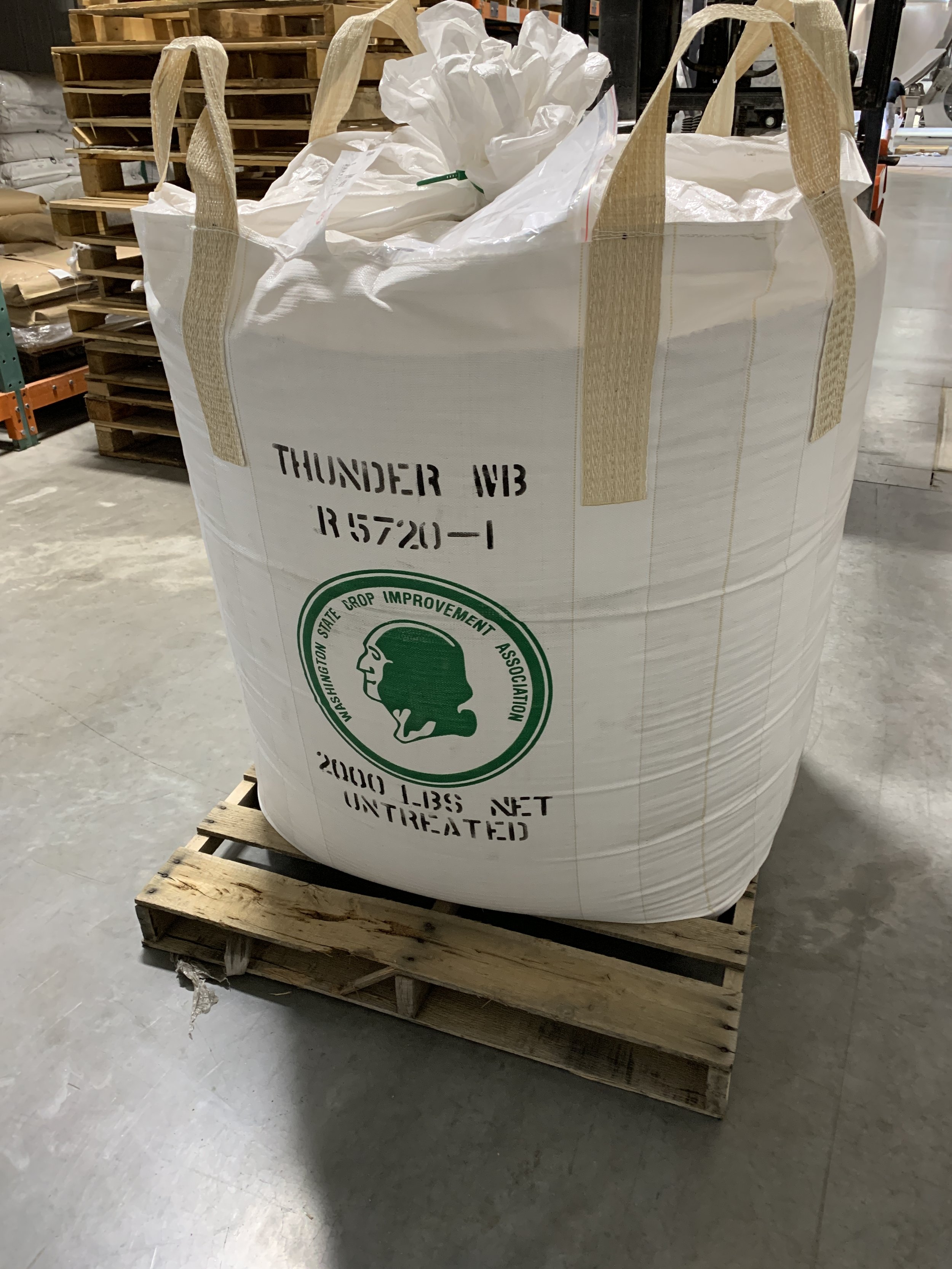Photo by Brewtography Project
In order to run a malthouse, one has to bet pretty big on barley.
It’s an understatement to say that barley is our cash crop. Sure, we grow some wheat and rye and corn. We dabble in heritage grains. But barley, as most craft enthusiasts know, is the backbone of beer (and it’s often used in spirits, too!) so running a malthouse means bringing in the barley - and lots of it. In order to keep our malthouse running at full capacity, we need to harvest about 900 successful acres of barley which translates to about 3 million pounds of grain that goes into our malting drums annually.
Like we said: we’re big on barley.
It makes sense then, that at Olander Farms, we want to be constantly honing our barley-growing craft. Yes, we’ve been doing this for five generations. But no, we don’t know everything.
Shocking, right? Mother nature is so complicated.
And things change.
Like climate change.
Here’s a little beef on barley: (Ohhh, speaking of which, if you haven’t tried beef and barley soup, you should. Look it up! We also have beef for sale, so shoot us a line!)
Photo by Emily Sierra Photography
Traditionally, in the US, barley has been a spring-planted crop. That means precisely what it sounds like: it is planted in early spring, and harvested by mid-summer. This is different from warm-season crops, like corn, which are planted in late spring after soil temps have had a chance to warm up, or fall-planted crops which go in in early fall and overwinter in the ground.
Barley is a chill crop: not only does it make beer, which you can sip with your friends as you grill and chill, or Netflix and chill,…but barley also likes chilly weather. Or cool weather, at least. Heat stresses barley out, and stressed barley produces unusable grain. It makes the protein content too high. Unusable grain is bad business for a malthouse.
That’s why barley has traditionally liked spring. It gets the cool, early-season weather, and comes out of the ground just as things are getting brutally hot, leaving the scorching days for heat-loving crops like corn.
But now, our springs are getting warmer. And drier. The barley is getting a little stressed, a little beat up. This year, we lost 200 acres of our harvest to barley with high protein content, largely due to heat and drought. As much as we would love to see this trend turn around, that’s not something we’re about to bet the farm on (in quite literal terms) so what’s a malthouse to do? We can’t just go out and order some cooler weather, or just do a rain dance…can we?
Well, maybe. Sort of. We did order some Thunder and Lightning, but there was no dancing involved.
Thunder and Lightning are two new barley varieties developed by Oregon State University, and they are cool. Like, way cool. Like winter cool, with lots of snow.
Thunder and Lightning were developed to be fall-planted varieties of barley. These seeds go in the ground in late summer/early fall, get established, then go dormant when the really cold weather hits, chilling in the cold ground until spring when they pop up and start growing again.
Fall-planted barley is - in laymen’s terms - completely nuts. Typically, barley is one of the cereal crops most susceptible to winterkill - meaning (again, precisely as it sounds) that cold winter temps kill it. But OSU has developed these two varieties that are more resistant to the cold, and when dealing with warming springs, fall-planted barley has some real advantages: namely, they get all the winter moisture in addition to spring rains, and they spend less time in the heat of summer.
They have some real risks, too. Colorado winters can be pretty stinking cold. They’re bred to be cold-resistant, can they really handle a Colorado winter?
There’s only one way to find out.
We’ve got 16 acres of each planted and we’re keeping our fingers crossed. We’ll see how they grow. Then, we’ll see how they malt. Because growing a new variety of barley is one thing. Figuring out how it malts is entirely another. In fact, to date, we don’t know of any other folks malting these new barleys, yet. They may be out there, but if they are, we’re part of a very small crew of experimental maltsters, indeed.
But we like beer. And we know you like beer (and whiskey and bourbon). And we want to keep bringing you the best barley to make the best beer to keep you grillin’ and chillin’ for years to come.
So we’re trying to stay on the cutting edge of things, trying to beat the heat.
Fall-planted barley it is then.
Wish us luck.








